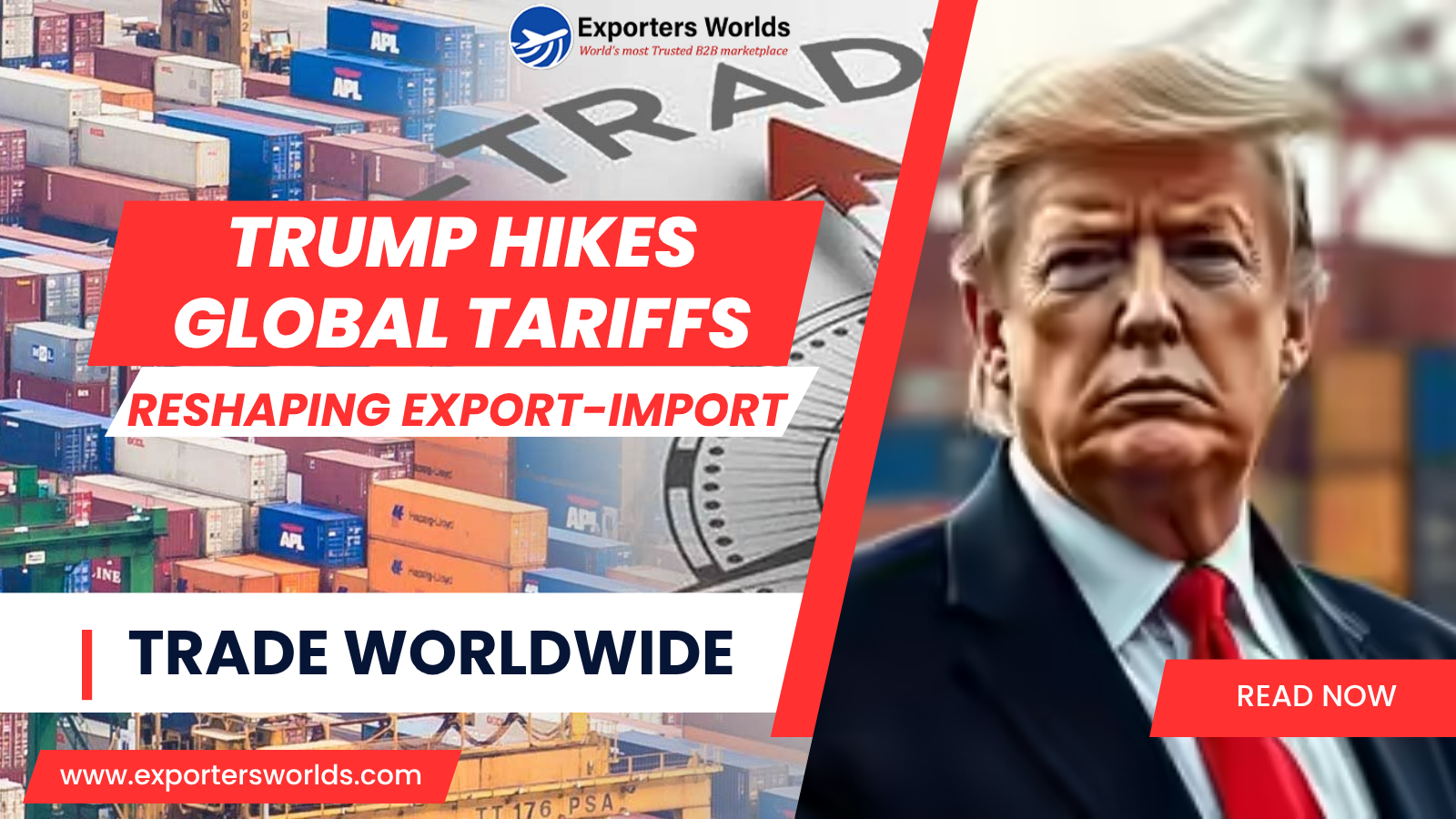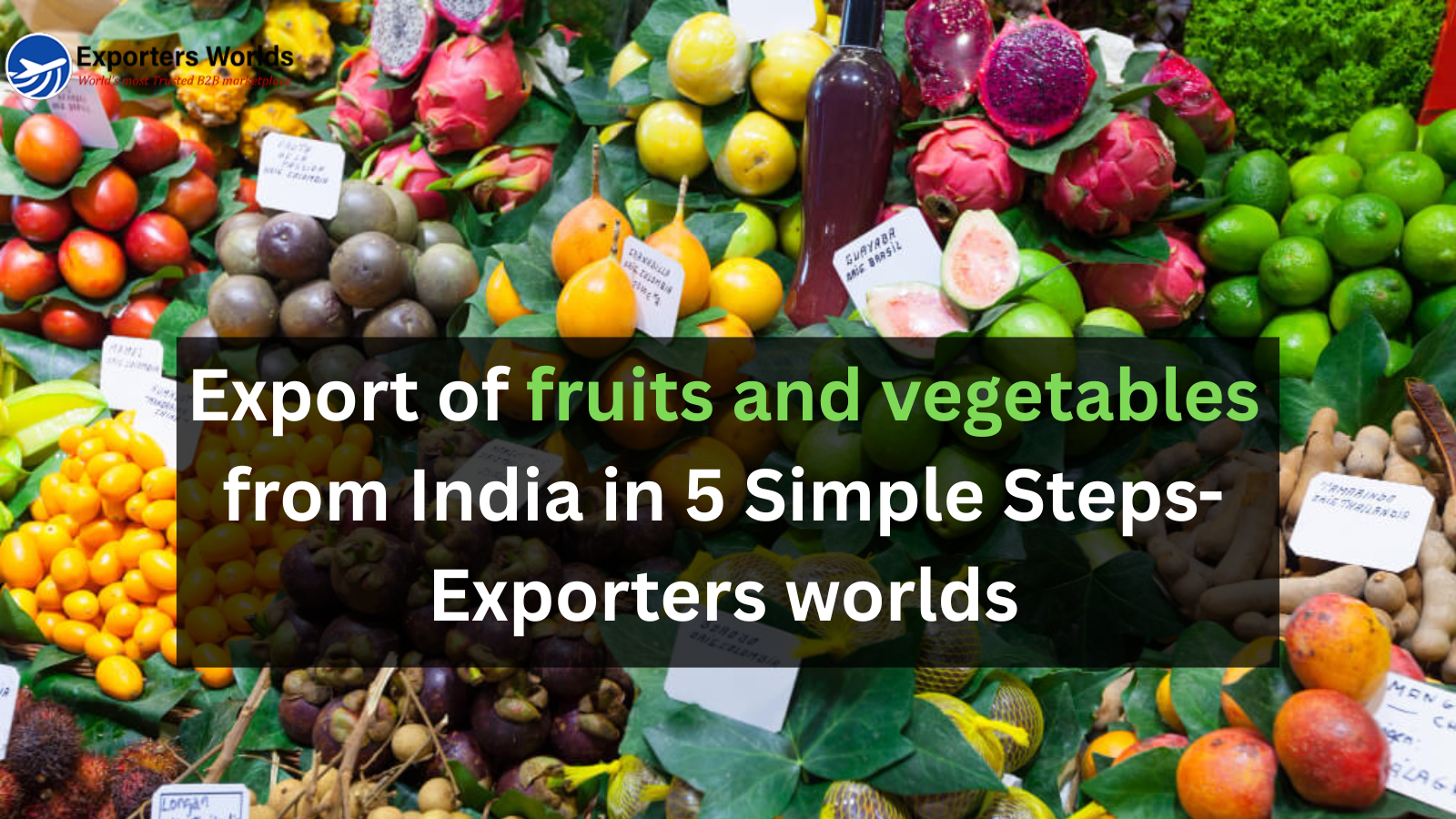Trump Hikes Global Tariffs, Reshaping Export-Import Trade Worldwide

“It’s not just policy. It’s a pressure point for the world economy.”
With the stroke of a pen on July 31, Trump tariffs 2025 became more than just campaign rhetoric—they became a reshaping force of global trade mechanics. The US global trade policy has shifted so aggressively, so abruptly, that exporters and importers across continents are scrambling to reassess their supply chains, renegotiate deals, and in many cases, stop trading altogether.
These aren’t symbolic tariffs. They are sweeping, granular, and in many cases—brutal. For the first time in modern U.S. history, over 67 countries face elevated import duties. From a baseline 10% to a staggering 41% for certain countries, the ripple is more like a rupture. And the impact of tariffs on international trade? It’s already measurable in currency swings, canceled shipments, rising inflation, and rattled boardrooms. Welcome to the new era of export import news USA.
A Day That Shook the World: Trump’s July 31 Tariff Earthquake
The symbolism wasn’t subtle. Surrounded by aides and trade hawks, Trump signed multiple executive orders invoking “economic reciprocity” and declaring an end to what he called “free trade without fairness.” But the numbers speak louder.
-
10% minimum duty on all U.S. imports
-
15% on goods from the EU, Japan, South Korea
-
19–20% for Southeast Asia (Vietnam, Philippines, Indonesia)
-
35–41% for countries like Iraq, Laos, Myanmar, and Syria
-
Canada’s non-USMCA exports—previously 25%—now hit 35%
-
Taiwan: 20%, pending final talks
-
Mexico: given 90 days reprieve at 25%
The scope? Wider than Smoot-Hawley in 1930. The timeline? Immediate. Most tariffs are effective August 7, with China’s delayed to August 12 to allow negotiation. U.S. agencies now estimate the average tariff on goods imports will soar from 2.5% to 15%.
Anatomy of a Trade Earthquake: Breaking Down the Tariff Structure
This isn't just about percentages. It's about policy architecture.
Trump’s “reciprocal tariffs” framework introduces automatic penalties for countries with trade surpluses or no active trade deal with the U.S. Entire sectors have been captured in this dragnet—machinery, metals, textiles, food products, tech, automotive, electronics, even consumer staples.
While some aircraft and quota-based goods were exempt under new EU deals, most commodities—steel, semiconductors, grains, and durable goods—are in the firing line. As Politico noted, the U.S. is now operating under “the highest tariffs seen in over a century.”
The Domino Effect: Trade Routes, Supply Chains, and Sectoral Chaos
The global marketplace doesn’t operate in silos. When the U.S. moves, the world reacts.
Classic trade diversion is already under way. U.S. buyers are shifting orders to countries with lower tariffs—like Australia, which remains at 10%. But this is only the beginning.
-
Manufacturing is being upended. A Reuters tracker noted U.S. automakers and airlines are among the worst-hit sectors due to costlier input materials.
-
When tariffs hit 25–50%, many manufacturers simply stop importing, opting instead to relocate production or shut down certain SKUs.
-
The Peterson Institute finds that each 1% increase in tariffs risks slicing 0.2% off global GDP, and the cumulative result could be a 7% long-term hit.
One economist framed it best: “At these levels, this isn’t a tax. It’s a trade wall.”
Real Voices, Real Consequences: Humanizing the Global Trade Disruption
Go beyond headlines. There’s a Bangladeshi garment factory that just lost 40% of its U.S. orders overnight. A mid-sized Ohio machinery exporter now calculating a $1.4 million cost overrun just to ship to Europe. An Indian jewelry wholesaler who just laid off 30 workers. These aren’t exceptions—they’re patterns.
The export import news USA section of trade platforms is now a mosaic of desperation: canceled deals, sudden re-pricing, and vanishing profit margins.
One importer put it bluntly: “We’ve stopped quoting prices until the next tweet.”
Retaliation, Recalibration, or Realignment? Global Responses in Focus
The global diplomacy machine didn’t rest. Here's what unfolded:
-
EU struck a $750B energy deal and $600B investment pledge to avoid 30% auto and metal tariffs—settling at 15%.
-
Japan committed $550B into U.S. projects.
-
South Korea pledged $350B plus $100B in energy imports, securing a lower 15% rate.
-
China—still under negotiation—reduced retaliatory tariffs from 145% to 10%.
-
India, hit with 25% duties on $87B in exports, reacted with dismay and is preparing for RBI intervention.
-
Brazil? Slammed with 50% on some goods, already vowing to challenge the U.S. at the WTO.
The WTO Director-General warned the global economy risks splitting into blocs—U.S.-aligned vs China-centric. A tariff-fueled economic Cold War, only this time with supply chains on the battlefield.
Economic Forecast: Markets on Edge, Economies in Flux
Market reaction was surprisingly muted—at first.
-
Dow Jones dropped 0.7%, S&P 500 down 0.4%
-
KOSPI plunged nearly 3% on the South Korea tariff shock
-
Gold? Up 0.5%—a classic fear hedge
-
Crude oil dipped 1% on global demand concerns
-
The U.S. dollar strengthened as traders priced in higher inflation and tighter Fed policy
But these numbers tell only part of the story. Wall Street analysts have now revised profit forecasts downward for multinationals with significant foreign exposure.
As one BNP Paribas strategist said: “This isn’t about collapse. It’s about systemic friction—everywhere.”
Behind the Deals: Trump’s Strategy to Corner the Global Economy
This isn’t blind nationalism. It’s calculated leverage.
Trump’s “tariff first, negotiate later” model has effectively forced countries to the table with record-sized commitments. Deals with the EU, Japan, Korea, and others were finalized in days, not months. The message is loud:
“Make us richer, or pay the tariff.”
Supporters argue it’s a smart tactic to fix U.S. trade deficits. Critics argue it's coercion. But no one denies it’s effective.
The real cost? Global trust. Trade norms. Predictability.
New Blocs, Old Fears: Is the Global Economy Splitting Apart?
The US global trade policy now mirrors strategic alliance-building more than trade liberalization. And this shift may be permanent.
-
Countries like Vietnam, India, Laos—caught in mid-tier tariff ranges—may shift their focus to China or EU trade
-
U.S. allies are tying deeper industrial partnerships to tariff relief
-
The WTO’s rules-based order is weakening under this unilateral approach
JP Morgan notes that investors are now repositioning portfolios for a multipolar trade world. Think beyond free trade. Think regional power clusters.
Case Study: Copper, Chips, and Car Parts – When Trade Stops, Industries Stall
Copper, already a sensitive commodity, is in trouble. Chile and Peru—top exporters—are reeling. Procurement costs in the U.S. have risen 12% since the tariff was announced. Bulk orders from Latin America have stalled.
Semiconductors are seeing the beginning of a shift. Tariffs on Chinese chips are pushing buyers toward India (25%) and Vietnam (20%), where marginal savings still make a difference.
And in automotive, it’s even worse. Car assembly plants reliant on tariffed metal components are considering temporary shutdowns. One industry forecast predicts Q3 layoffs across five states.
It’s not theoretical. It’s happening.
Looking Forward: Is the Future of Trade Negotiated or Nationalized?
The future of trade now hangs in tension—between reconstruction and retaliation, between national agendas and global agreements. One thing is clear: this isn’t just another policy cycle. This is a structural reset.
The impact of tariffs on international trade is no longer about short-term volatility. It’s about hard rewiring—supply chains, sourcing habits, even long-standing diplomatic relationships. For governments, the question is whether to negotiate their way through or double down on nationalized trade models. For exporters and importers, the bigger question is: How do we survive the unpredictability of it all?
And in moments like this, clarity becomes currency.
That’s where trade intelligence platforms like Exporters Worlds come into view—not as saviors, but as stabilizers. Amid the noise, they don’t offer one-size-fits-all answers. They offer visibility, verified buyer access, and up-to-the-minute shifts in policy landscapes. They help businesses not just react—but recalibrate.
Because in an era where Trump tariffs 2025 have rewritten the rules, and US global trade policy feels more like a chessboard than a framework, survival depends on perspective. Access to real-time trade direction, market-specific risk, and sector-based insights is no longer a luxury—it’s the new basic.
So, is the future negotiated or nationalized? Maybe it’s both.
But it certainly belongs to those who adapt faster, read deeper, and move smarter.



